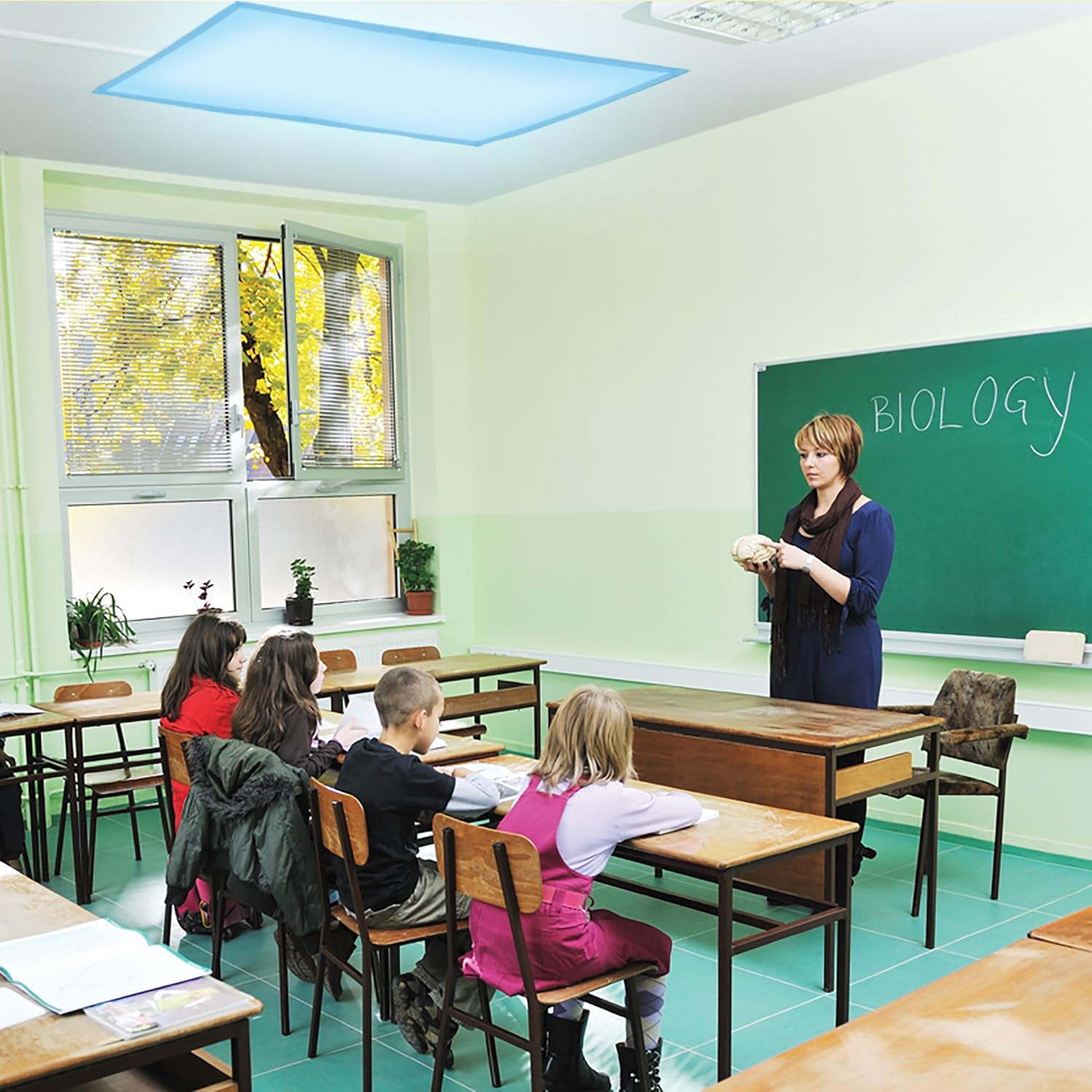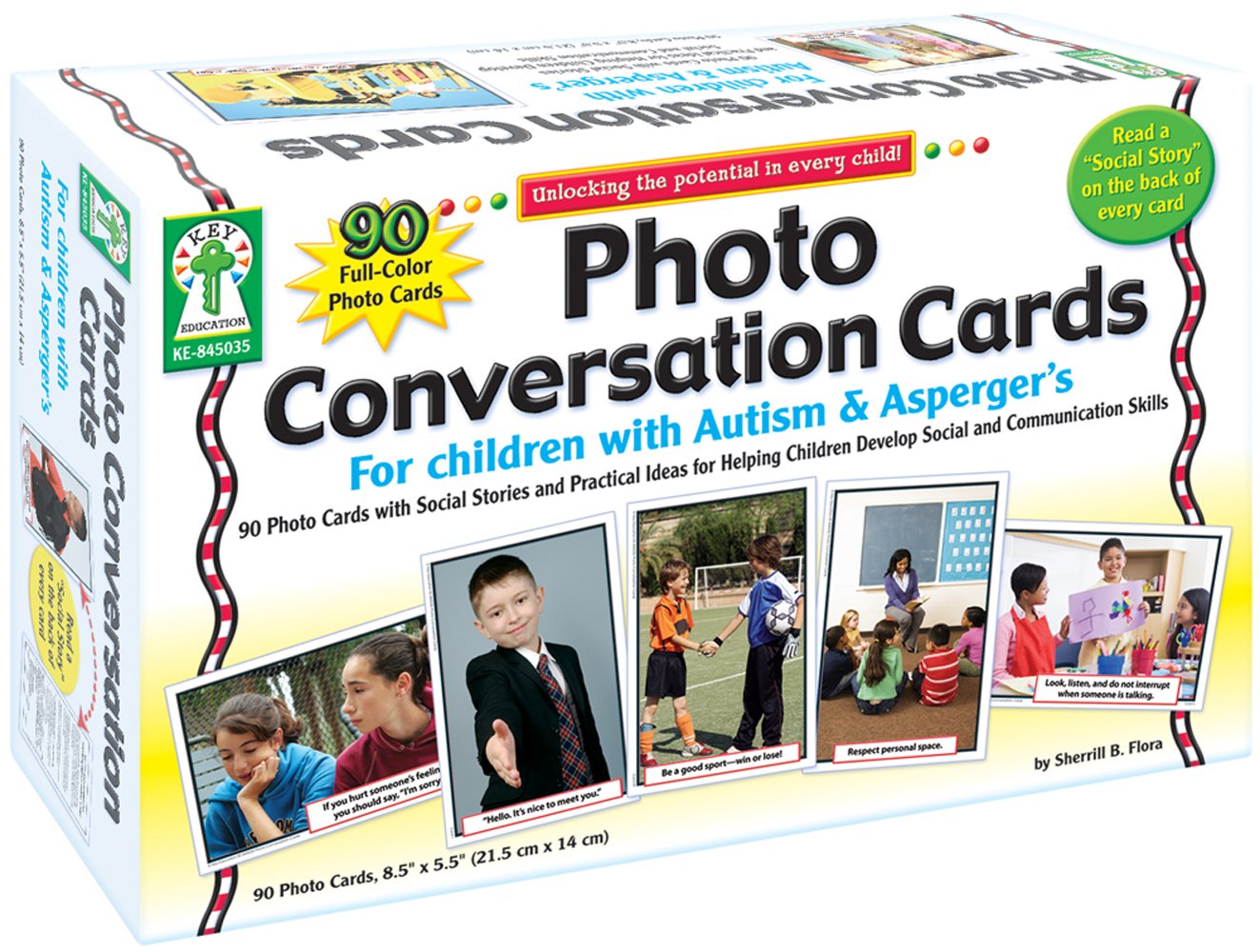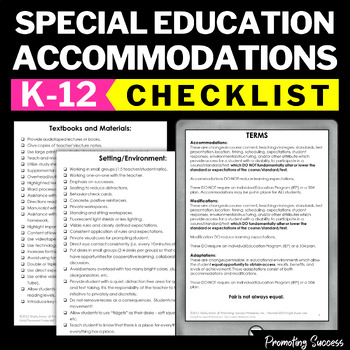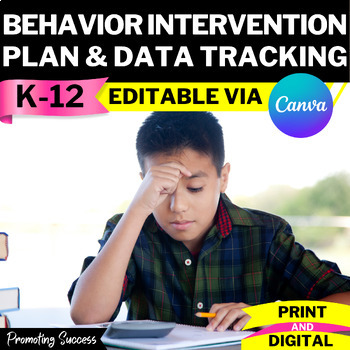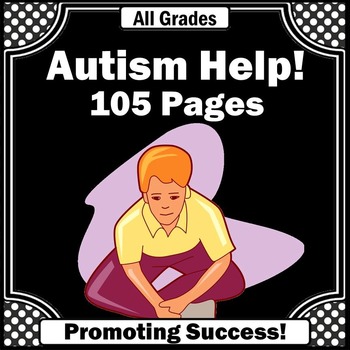Top 5 Most Effective Autism Management Strategies
Click HERE to SUBSCRIBE to our VIP newsletter for SECRET SALES and FREE printables.
Click HERE to follow us on Instagram.
Click HERE to follow us on Facebook.
--------------------------------------------
Autism is increasing at an alarming rate. The Centers for Disease Control and Prevention stated that the prevalence had increased to 1 in every 88 as of March 2012. While the cause of autism is still unknown, there are specific strategies that have been identified as most effective. Here are the top five most effective strategies.
1) Visual Schedules
Establishing and following a visual schedule reduces unexpected events or situations and assists children in predicting and preparing for transitions. Schedules themselves must be predictable. They are best as visuals, even when the child is able to read. A written schedule may be implemented later with caution and careful progress monitoring. In addition, they should be kept in the same location at all times. There are several resources and software programs that assist with schedule creation and universal graphics.
Children must be taught how to read and interpret the visual schedule. A "check schedule" transition cue is used to communicate to the individual each time he or she is to transition to a new activity. Visual schedules are effective at school and at home.
Visual and auditory stimulation in the classroom and home must be taken into consideration. The classroom should be organized and predictable. The scissors should always be found in the same location. Homework is turned in in the exact same way each day. This is important in the home as well. The child's personal belongings have designated "homes." For example, a backpack is always found on the same hook. A favorite toy or book is on the same place on a book shelf.
Auditory stimulation must be examined as well. Do the chairs make a screechy noise as students move around? Is there a slow hum to the lighting? Is the fluorescent lighting too bright? Will a lamp set a different, calming mood? These considerations will vary from child to child; however, all visual and auditory stimuli must be examined. Be sure to think outside the box. Would a blue room be more calming than a yellow room?
The environment needs to be organized visually to help children identify and comprehend what is expected of them. Color coded folders for each content area may be coordinated with the visual schedule. Clearly defined areas, such as work stations, tape on the floor, and labeled centers provide structure. This may be done in the home as well. Some examples include:
· a designated spot at the dinner table
· a visual schedule for bedtime routine
· organized dresser drawers by color and items
· specific containers for each toy
· a daily schedule for weekdays and weekends
Some children may have significant impairments in expressive communication. Current technology may be very appropriate to increase appropriate behavior and independence. The Picture Exchange Communication System (PECS) has been very effective. This is a system developed in 1985 that allows children to initiate conversation. It is not expensive and doesn't require complex equipment.
Other options include voice output communication devices. This is a very exciting area with all the latest technology and apps being created. Some devices are quite large and more durable for children who may not understand how to handle something with care. Other devices are so small they may be hooked to a belt loop for easy use out in the community.
Augmentative communication is a great strategy. However, it is important to understand the universal means of communication and ensure the device or method may be implemented with any child or adult, not just school personnel or caregivers. A back up system of communication should be available in case of a device malfunction or misunderstanding on the recipient of the message, i.e. a grocery store worker, a new student, a substitute teacher.
5) Direct Instruction of Social Skills
Many children with special needs will benefit from direct instruction in social skills. Most do not learn interaction skills by simply being placed in social environments. Social skills must be taught in the same direct instructional way as any other academic content area.
Research has shown social stories and social scripts to be highly effective. Social stories target behaviors that need to be modified or reinforced in real life situations. Replacement behaviors must also be taught. Simply showing or telling the child what not to do is not effective. Social scripts are short scripts children learn and practice. For example, everyone uses a very similar social script when greeting a colleague in the morning. Some children must be taught these common scripts.
-----------------------------
You may also like these autism and special education resources from our TpT store:
For a checklist of 175+ accommodations, click the picture:
---------------------------------------
Click HERE to view our Teachers Pay Teachers Promoting Success store.
Click HERE to SUBSCRIBE to our newsletter for SECRET SALES and FREE printables.
Click HERE to follow us on Instagram.
Click HERE to follow us on Pinterest.
Shelly Anton is a participant in the Amazon Services LLC Associates Program, an affiliate advertising program designed to provide a means for sites to earn advertising fees by advertising and linking to Amazon.com. ** This means there are Amazon affiliate links in these blog posts. This does not mean you pay a dime more when you purchase a product through the link. It just means I am trying to save you valuable teacher time by making it easier for you to find valuable resources for your students, and I earn a few cents for my research and time. Thank you for all you do for kids!




